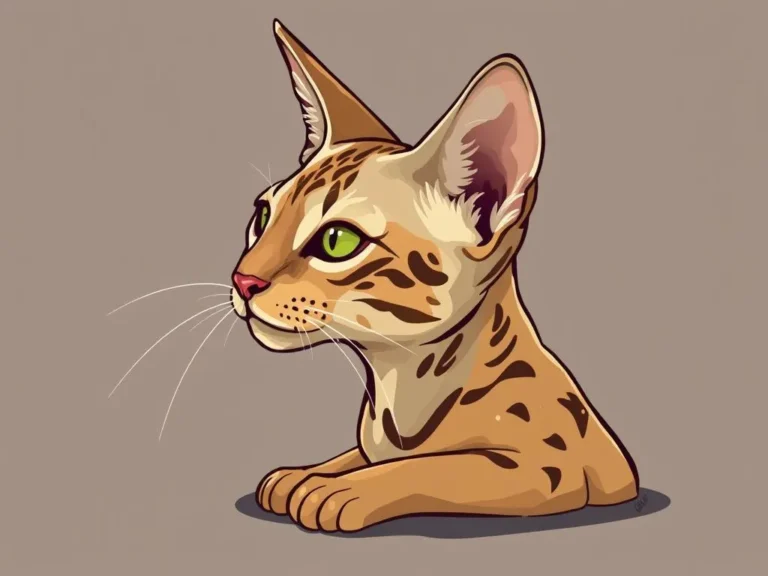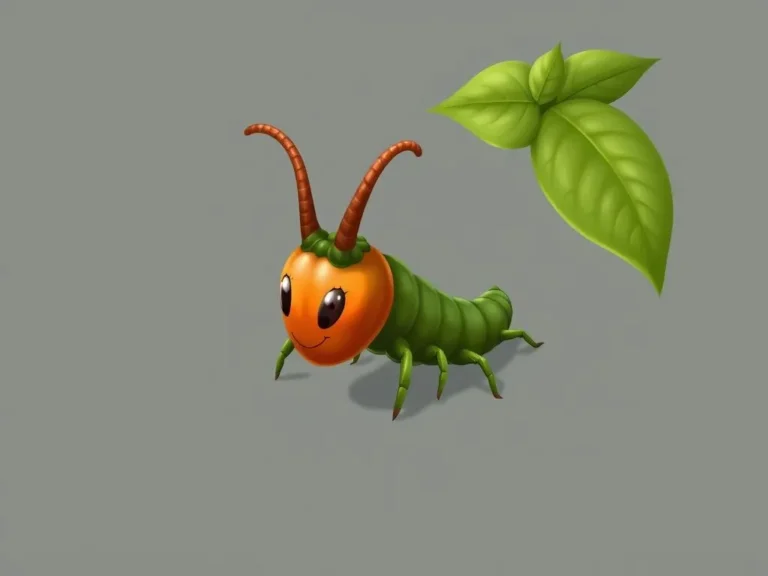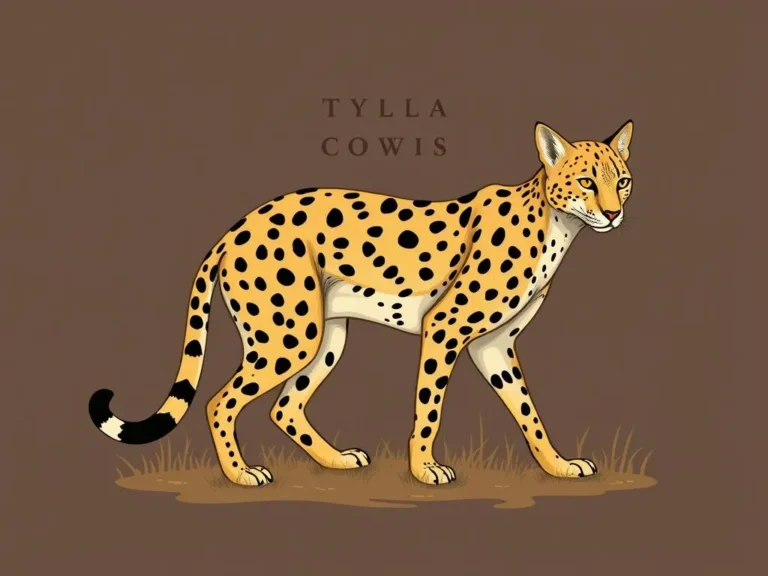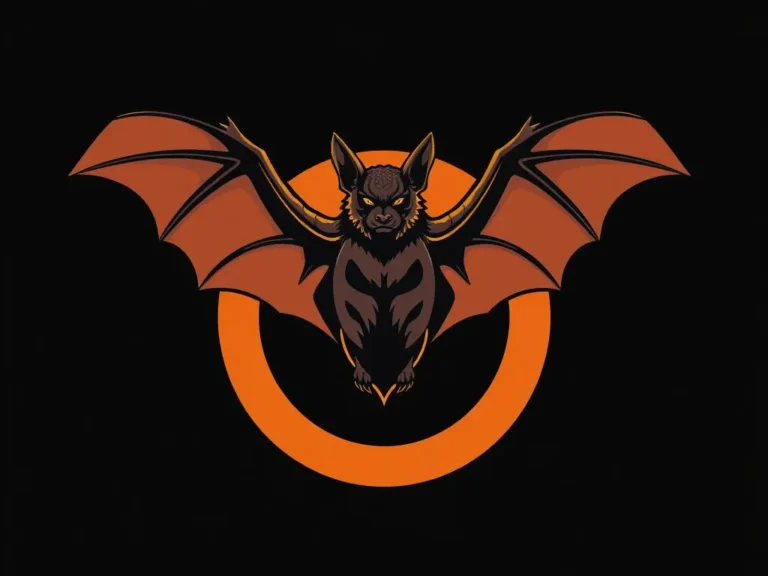Locust Symbolism: Unpacking the Deeper Meaning of This Enigmatic Insect
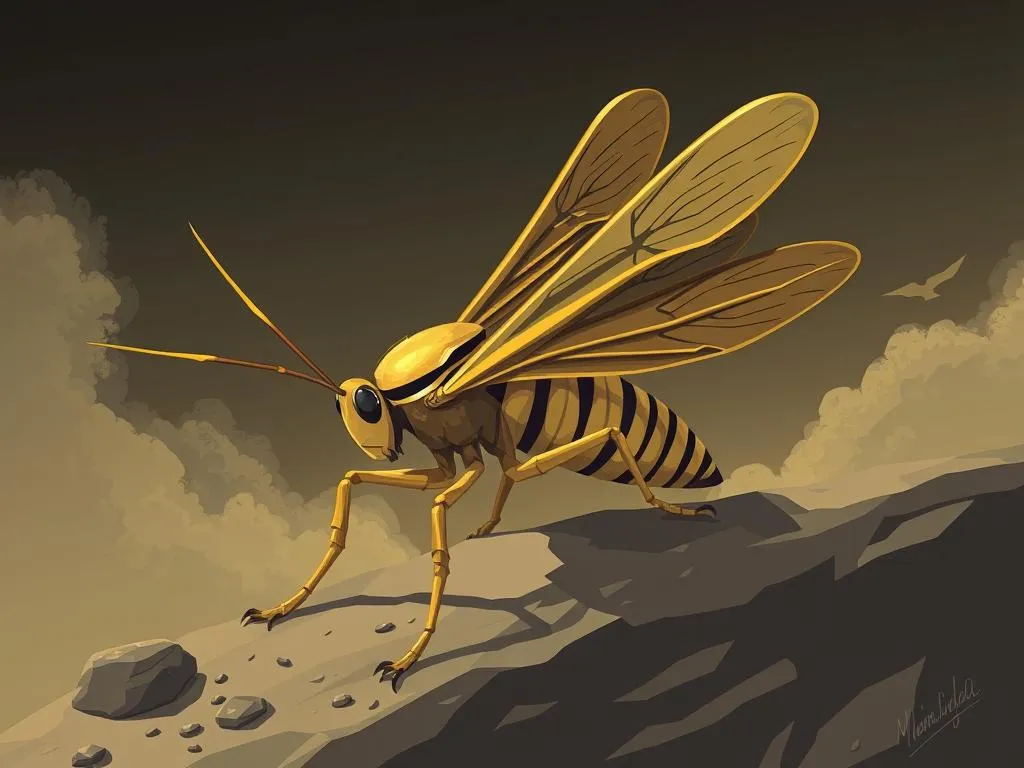
Introduction
Locust symbolism has long been a topic of fascination and intrigue, with these enigmatic insects carrying a rich tapestry of meanings and interpretations across various cultures and belief systems. As we delve into the locust symbolism, we uncover a world of deeper significance, where this often-misunderstood creature can reveal profound insights about our own lives and the natural world around us.
The locust symbolism is particularly intriguing because these insects are known for their ability to swarm and devastate crops, yet they also hold a certain mystical power in many traditions. By exploring the different facets of locust symbolism, we can gain a better understanding of the complex and sometimes contradictory messages these insects convey.
Locust as a Symbol of Destruction and Renewal
One of the most prominent aspects of locust symbolism is the insect’s association with destruction and upheaval. Locust swarms have long been a source of fear and dread, as they can strip entire landscapes of vegetation, leaving behind a trail of devastation. In many religious and spiritual traditions, the locust is seen as a harbinger of judgment, a symbol of the consequences of human sin or the wrath of the divine.
However, the locust symbolism also encompasses a deeper, more nuanced meaning. While the locust’s destructive power is undeniable, it is often seen as a necessary precursor to renewal and growth. Just as a forest fire can clear the way for new life to flourish, the locust’s devastation can be a catalyst for transformation and regeneration.
Locust as a Symbol of Transformation and Adaptability
Another facet of locust symbolism is the insect’s remarkable ability to adapt and transform. Locusts are known for their remarkable capacity to change their behavior and physiology in response to environmental cues, transforming from solitary creatures into swarming, migratory insects.
This adaptability is often seen as a metaphor for the human experience, reminding us of our own capacity to evolve and adapt to changing circumstances. The locust symbolism might suggest that we, too, have the ability to transform ourselves, to shed old patterns and embrace new ways of being.
Locust as a Symbol of Abundance and Scarcity
The locust symbolism is also closely tied to the concepts of abundance and scarcity. On one hand, the locust’s capacity to multiply and consume vast quantities of vegetation can be seen as a symbol of nature’s abundance and the potential for growth and prosperity. In some cultures, locusts are even considered a delicacy, a source of nourishment and sustenance.
However, the locust’s destructive power can also be a symbol of scarcity, a reminder of the fragility of our food systems and the importance of sustainable resource management. The locust symbolism in this context might suggest the need for balance, for finding a way to harness the insect’s abundance without succumbing to its devastating effects.
Locust as a Symbol of Spiritual Awakening
In certain spiritual and esoteric traditions, the locust symbolism is associated with themes of awakening, enlightenment, and the journey of the soul. The locust’s ability to shed its exoskeleton and emerge transformed is seen as a metaphor for the process of spiritual transformation, where we shed our old selves and embrace a higher, more enlightened state of being.
The locust symbolism in this context might suggest the importance of embracing change, of being willing to let go of the old in order to make way for the new. It might also represent the power of the individual to overcome challenges and emerge stronger, more resilient, and more attuned to the deeper rhythms of the universe.
Locust as a Symbol of Community and Interconnectedness
Finally, the locust symbolism can also be seen as a representation of the power of community and the interconnectedness of all living things. Locust swarms are characterized by their collective behavior, with individual insects working together to form a cohesive and formidable force.
In this sense, the locust symbolism might suggest the importance of collaboration, of recognizing our interdependence and the ways in which our individual actions can have a profound impact on the larger whole. It might also be a reminder of the fragility of our ecosystems, and the need to work together to protect and sustain the natural world.
Conclusion
As we’ve explored the various facets of locust symbolism, it’s clear that these remarkable insects carry a rich and complex tapestry of meanings and interpretations. Whether seen as a symbol of destruction and renewal, transformation and adaptability, abundance and scarcity, spiritual awakening, or community and interconnectedness, the locust has the power to inspire deep reflection and insight.
By engaging with the locust symbolism, we can gain a deeper understanding of ourselves, our relationship to the natural world, and the profound mysteries that lie at the heart of the human experience. So, the next time you encounter a locust, take a moment to ponder the deeper significance of this enigmatic creature, and how its symbolism might resonate with your own life journey.
